Sequoia Tree vs. Redwood: What’s the Difference? (With Pictures)
-
Pete Ortiz
- Last updated:
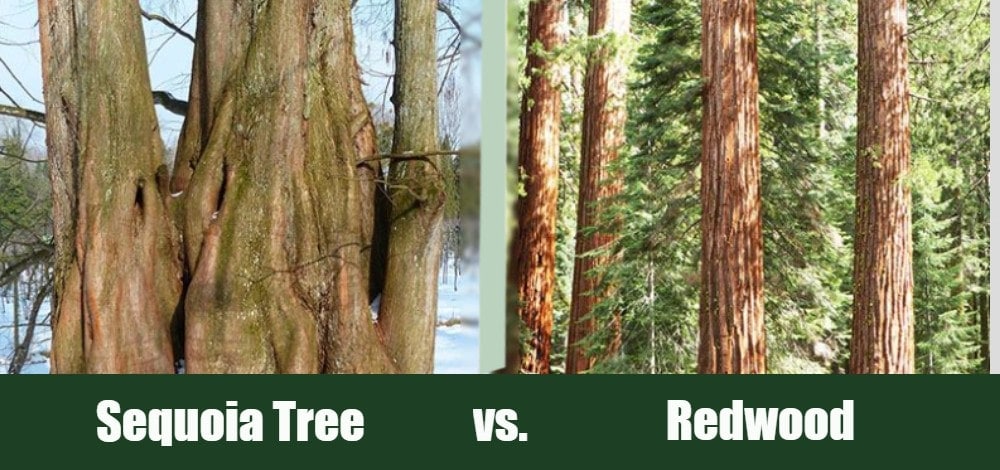
Few tree species inspire the same awe as the Sequoia and Redwood. Their massive size makes them seem otherworldly. Both are part of the Cupressaceae family, where you’ll find several named specimens. For example, the largest Sequoia trees bear the names of famous Americans, such as Lincoln and General Grant. On the other hand, Redwood trees have monikers such as Paradox and Icarus.
These trees may be related, but the two have stark differences, which include varying heights, habitats, and uses. However, the International Union for Conservation of Nature classifies both as endangered species. Our guide will explore each one in detail with information that will give you a new respect for these giants of the forest.
Overview of Sequoia Tree
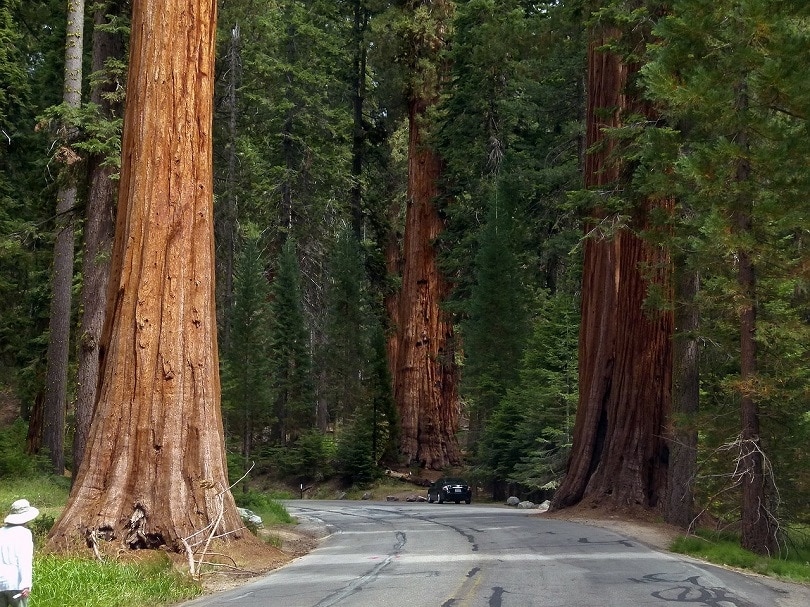
The scientific name for the Sequoia is Sequoiadendron giganteum. It’s a helpful starting point for distinguishing the two species. It means giant Sequoia, which is an apt description, given its size and stature. Somewhat confusingly, it also goes by the name Redwood because of the color of its bark. However, a close look at the two reveals visible differences.
It’s worth noting that the Sequoia and the Redwood are the only living representatives of their respective genera. A fascinating fact about the former is its lifespan. Some examples are thousands of years old, with each one carrying a living history of the continent under its bark.
Size and Shape
Many trees have a distinctive shape that can help you identify them from a distance. The Sequoia is the largest by volume between the two. Its massive trunk has circumferences over 100 feet in some of the more famous examples. Unlike many trees, it doesn’t taper much toward the top, which accounts for the high estimated weights.
The height of the Sequoia can measure anywhere from 60’-275,’ the tallest one on record. It has a spread of up to 60 feet. The texture of its reddish-brown wood is coarse. While young trees are vulnerable to fire, the larger Sequoia trees are decay and fire-resistant. It’s an excellent adaptation to an environment where fires occur frequently.
Habitat
The habitat of the Sequoia and Redwood differ dramatically. The former prefers the high elevations of the Sierra Nevada Mountains of California. Full sun and well-drained soils make for an ideal environment, and the tree exhibits several adaptations to handle frequent fires. The canopy with smaller branches and foliage is at the top of the tree to protect it from damage. It also grows rapidly to safeguard its vulnerable parts.
You won’t find many Sequoia trees in their native habitat. They exist as sole members of a plant community or in small groups. The availability of natural resources undoubtedly plays a role in its distribution.
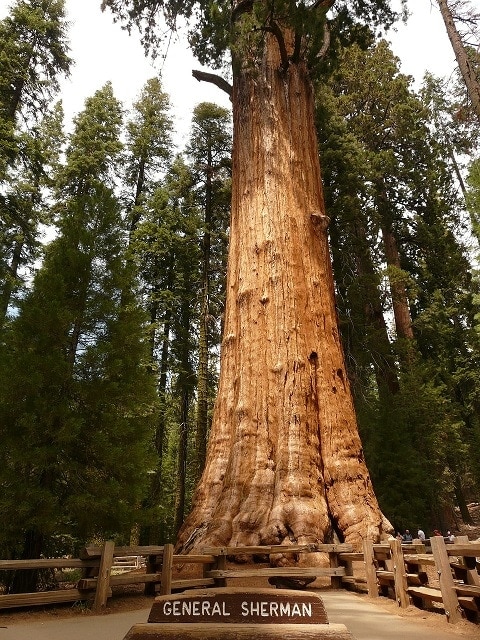
Foliage, Cones, and Seeds
The Sequoia does not produce flowers, but the cones and their seeds provide the means of reproduction. The cones are massive in size, like the tree. They are much larger than those of the Redwood and are equally as awe-inspiring. The tremendous heat from fires often causes an increase in seed production, which is another helpful adaptation.
- Decay resistant
- Well-adapted to fire
- Long-lived
- Little wildlife value
- Vulnerable to fire damage when young
Overview of Redwood
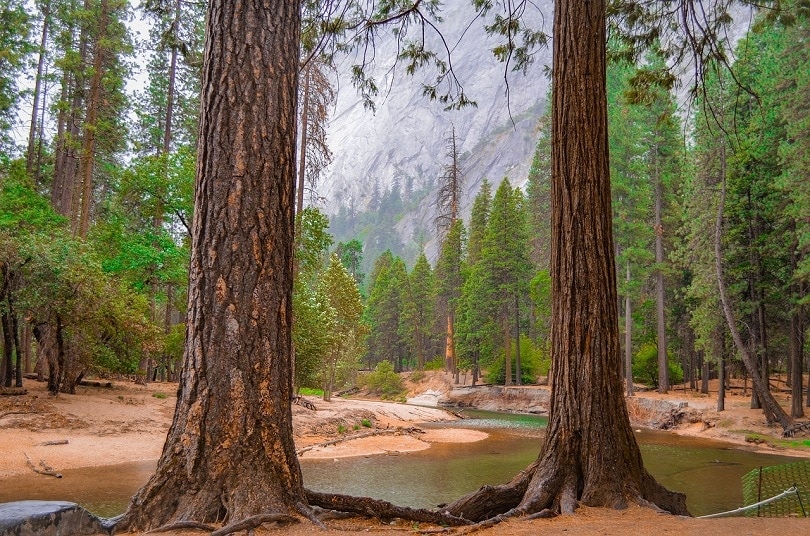
The scientific name for the Redwood is Sequoia sempervirens, which means always flourishing. Given its conservation status, we can only hope that it’s aptly named. The Sequoia genus is a tribute to the Native American inventor, Sequoyah, who created the Cherokee alphabet in the early 1800s. It is a fitting name for a tree of similar prominence.
Unlike the Sequoia, the Redwood is known only by this name, often with a descriptor preceding it. There’s little chance of confusing the two upon closer examination. They differ in almost every way, with their large size being the one common denominator they share.
Size and Shape
What the Sequoia has in volume, the Redwood matches with height. Many examples are well over 300 feet tall. However, there’s a limit to how big they can get, and it becomes too difficult for the trees to carry on photosynthesis and transpiration. Unlike the Sequoia, the Redwood has a more slender profile that tapers to the top.
The diameter of the largest Redwood trees can top 15 feet. But the Sequoia has it beat, with measurements pushing 30 feet. Like the Sequoia, Redwoods are also long-lived, with lifespans of hundreds of years.
Habitat
The habitat for Redwoods is well-defined and differs sharply from the Sequoia. It prefers the Pacific coastline in northern California. Its range is limited to a 450-mile swath starting from southern Oregon and reaching the San Francisco Bay area. It thrives in the temperate rainforest climate with cool temperatures and well-drained soils.
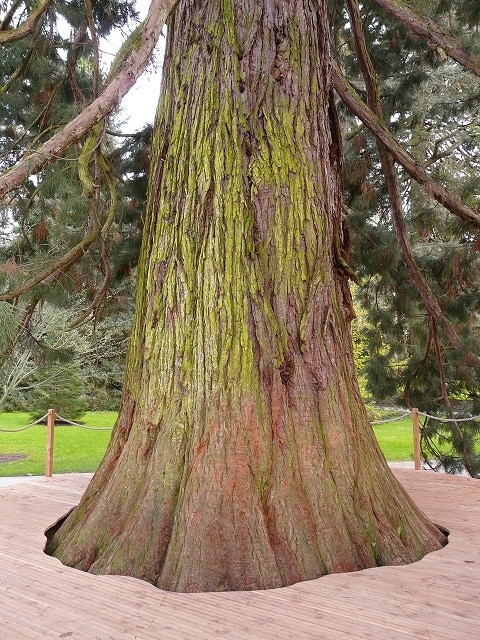
Foliage, Cones, and Seeds
The Redwood is also a needled evergreen with flat, softer needle leaves resembling those of Spruce trees. It is also a non-flowering plant. It reproduces like other evergreens and has seeds in its cones. The Redwood differs from many species because it can also propagate from cuttings. That makes sense, given its growth pattern and habitat.
- Excellent lumber source
- Decay resistant
- Cutting reproduction
- Little wildlife value
Guide to Sequoia and Redwood Trees
Both trees are mammoths that share similar characteristics, like decay-resistant wood. They are also well-adapted to each of their niches. However, their long lifespans and massive size work against them regarding reproduction and viability. Their unique qualities also influence how people use and value the trees.
Cultivation
Both the Sequoia and Redwood trees have protected status in the United States. Of the two, the Sequoia is more of an ornamental tree, despite its resistance to rot and disease. Many countries worldwide have cultivated them for this purpose, where they have the same protected status.
On the other hand, the Redwood serves more utilitarian purposes as lumber. It yields attractive wood that is straight and knot-free. Their smaller girths make them easier to harvest than the Sequoia. It is lightweight and fire-resistant, which are desirable qualities for these purposes.
Future Status
Sequoias and Redwoods have stood the test of time like no other. They have adapted well to the pressures their habitats have created, and neither have any significant disease or pest issues. Perhaps the most insurmountable obstacle is their size. Both require a large space that may put them in conflict with humans. However, both are well-armed to meet this challenge.
Conclusion
The Sequoia and Redwood are magnificent trees and worthy of respect if just for the time they have lived on the planet. Each one has made the most of its adaptations to continue thriving for centuries. Perhaps John Steinbeck framed it best when he said, “The Redwoods, once seen, leave a mark or create a vision that stays with you always.”
- See Also: Best Cordless Chainsaws – Reviews & Top Picks
- See Also: 35 DIY Tree House Plans for Kids & Adults You Can Build Today
- See Also: 20 Types of Hedges Compared: Pros & Cons (With Pictures)
Featured image credit: Pixabay
Contents





